Judith and Richard Lang have been combing their local beach in Point Reyes National Seashore in Northern California since 1999, collecting the plastic debris of our daily lives: cheese spreaders form those packaged lunches, milk jug lids, disposable lighters. They cart home this junk, clean and categorize it, and finally transform it into gorgeous assemblages. It's meticulous, artisanal up-cycling and it's both beautiful and sad. The Langs have an exhibit running currently at the San Francisco Public Library and GOOD caught up with Judith recently to talk about her process and where all those plastic cigar tips come from.
GOOD: How did you select plastic flotsam as your primary material?
JUDITH SELBY: Hey, it's free art supplies! It's abundant and it's archival.
GOOD: You must pile up quite a bit of beach plastic. Tell us a bit about your organizing systems.
SELBY: A picture is worth a thousand words:
GOOD: How about two thousand words?
GOOD: When I've done beach cleanup days, plastic cigar tips are usually the most common object. What are your top three?
SELBY: Yes, those pesky tiparillo tips are something we find every time we go to the beach. We have hundreds in our collection. But, funny thing, we don't know anyone who uses them.
We have presented them as jewelry and laid them out as if they were specimens in a drawer in a natural history museum.
"Pacifier" is the title of this necklace in reference to the "jewel" fashioned from the remains of the baby binky and the tiparillo tips strung like pearls to shape the ring of the necklace.
Kid pacifiers. Adult pacifiers
GOOD: You've been collecting and reassembling beach trash for over a decade. Have you seen any improvement in the problem over the years?
SELBY: The proliferation of plastic in the ocean is growing exponentially. Fortunately, along with it is the public awareness and the international efforts to stem the tides with great organizations like the Plastic Pollution Coalition.
GOOD: What's the strangest thing you've found?
SELBY: Every piece of plastic found on the beach is strange. As the BLM calls it: "matter-out-of-place." Have we become so accustomed to plastic everywhere that we no longer think it unusual that there is plastic on the beach?









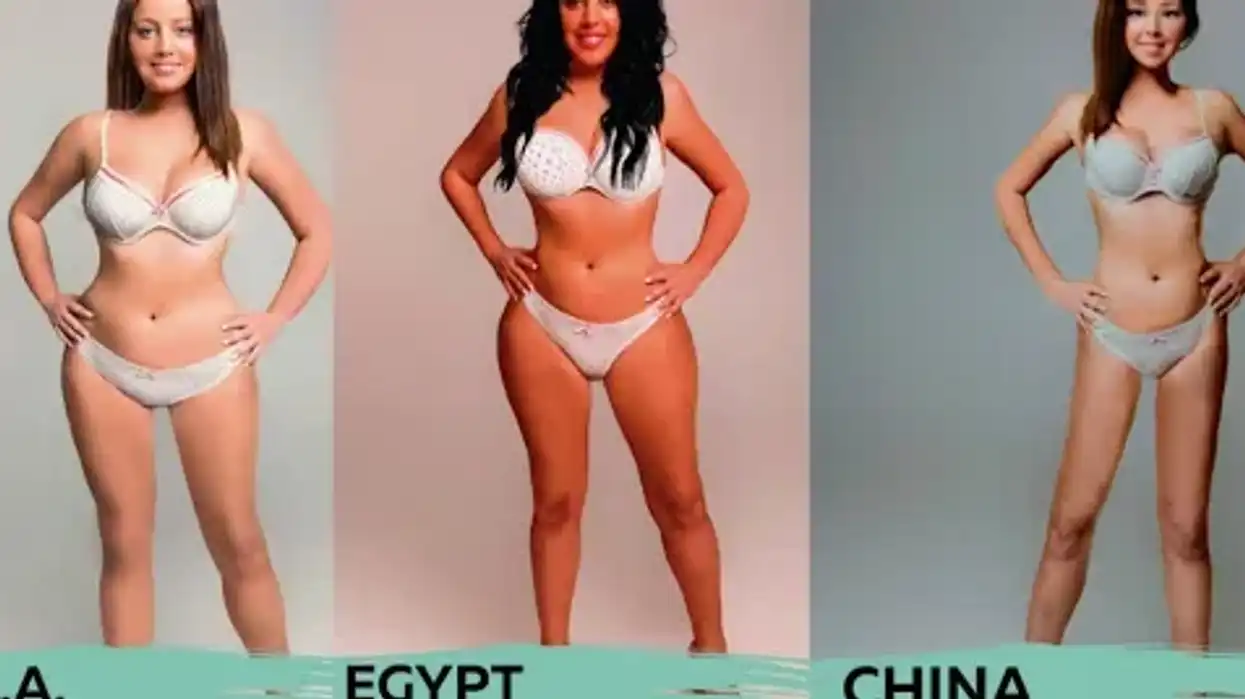






 "I'm watching you..."
"I'm watching you..."  Reddit |
Reddit | 
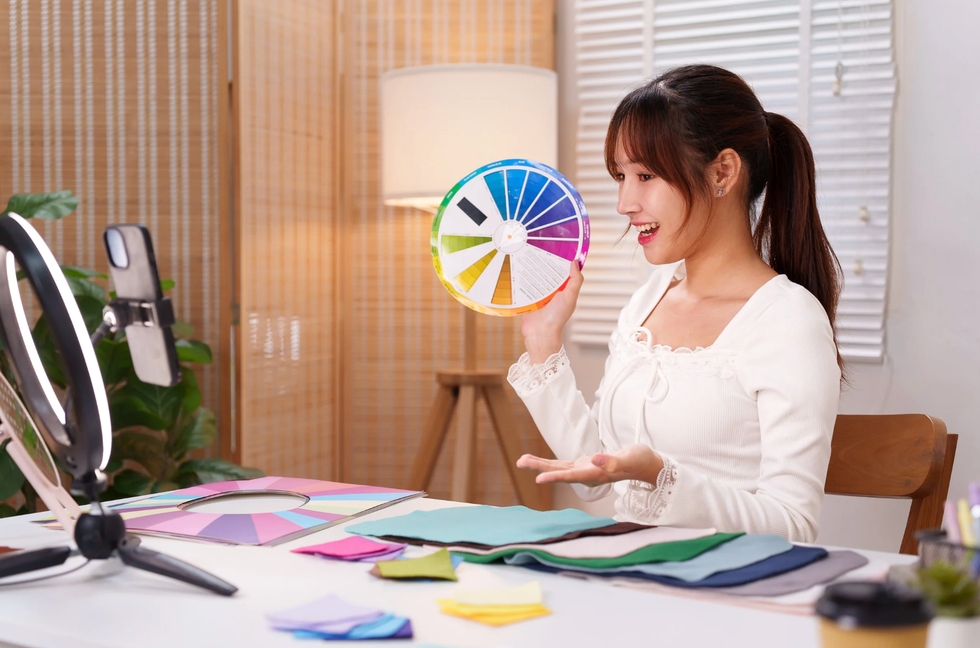 A woman conducts a online color testCanva
A woman conducts a online color testCanva A selection of color swatchesCanva
A selection of color swatchesCanva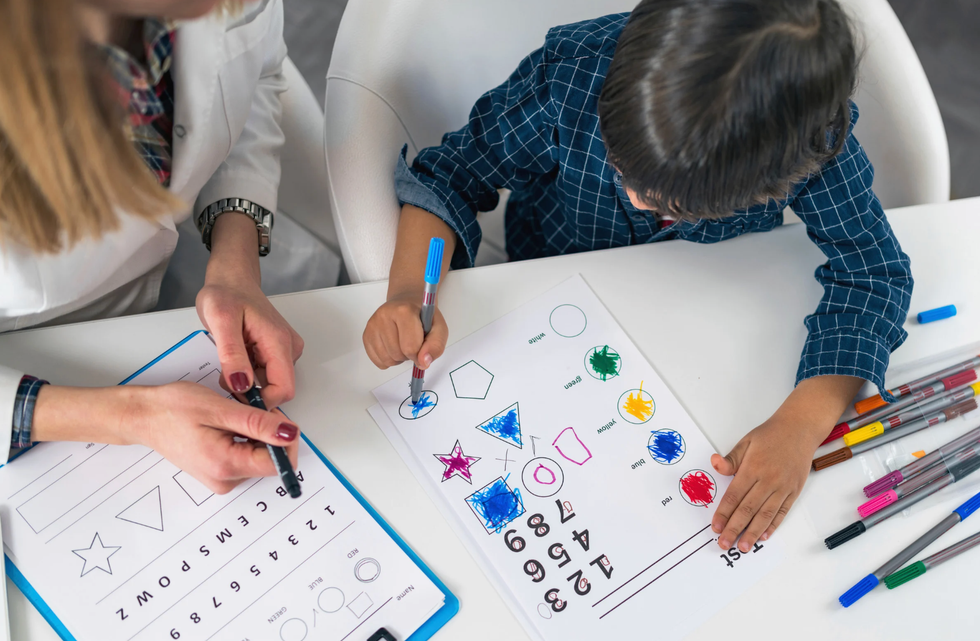 A young boy takes a color examCanva
A young boy takes a color examCanva 
 Copy of Sophia's letter to President Obama
Copy of Sophia's letter to President Obama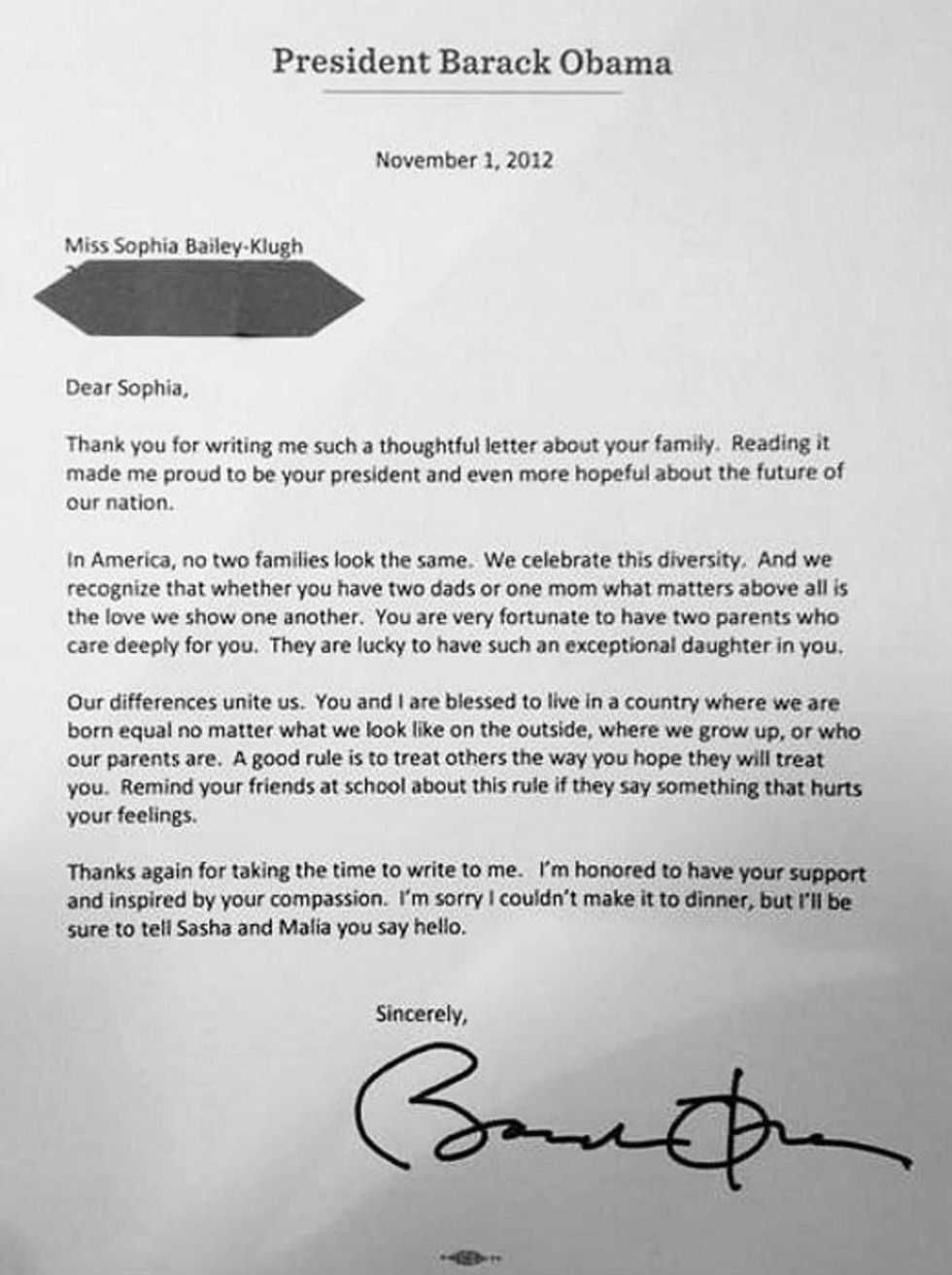 Barack Obama's letter to Sophia
Barack Obama's letter to Sophia Gif of Obama saying "The torch has been passed" via
Gif of Obama saying "The torch has been passed" via 
 A mom is very angry with her sonCanva
A mom is very angry with her sonCanva Gif of two women high-fiving via
Gif of two women high-fiving via 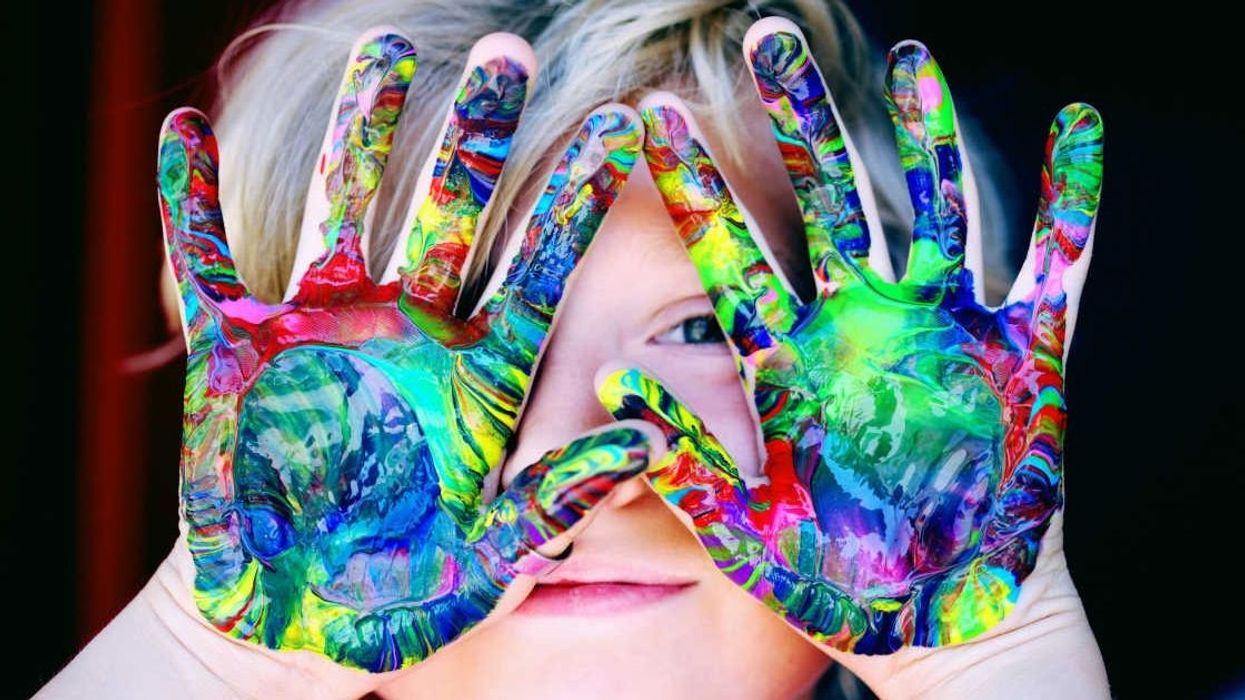
 Representative Image: Accents reveal heritage and history.
Representative Image: Accents reveal heritage and history.  Representative Image: Even unseen you can learn a lot from an accent.
Representative Image: Even unseen you can learn a lot from an accent. 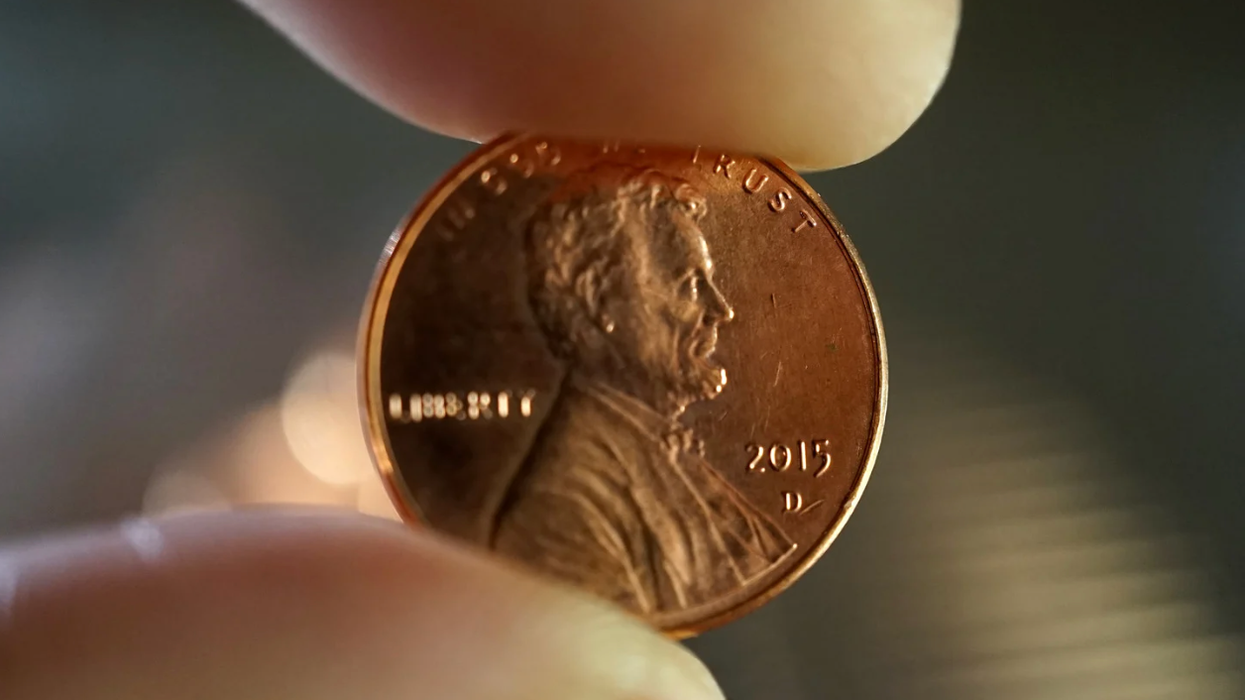
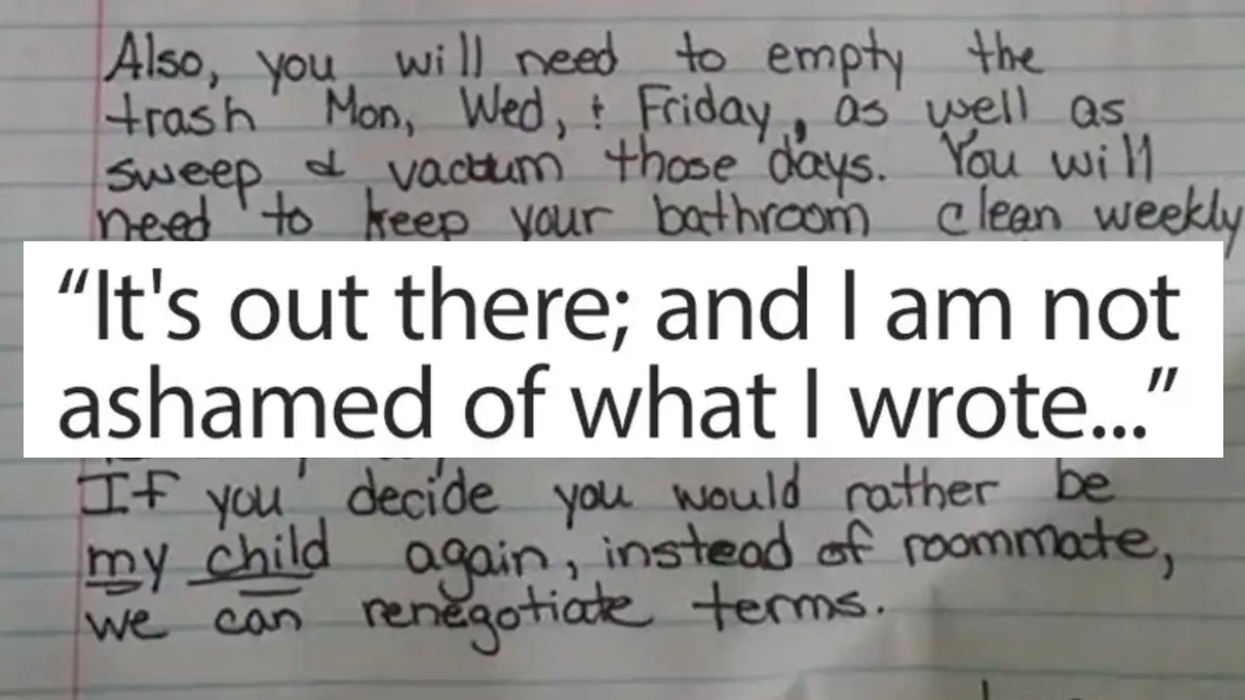
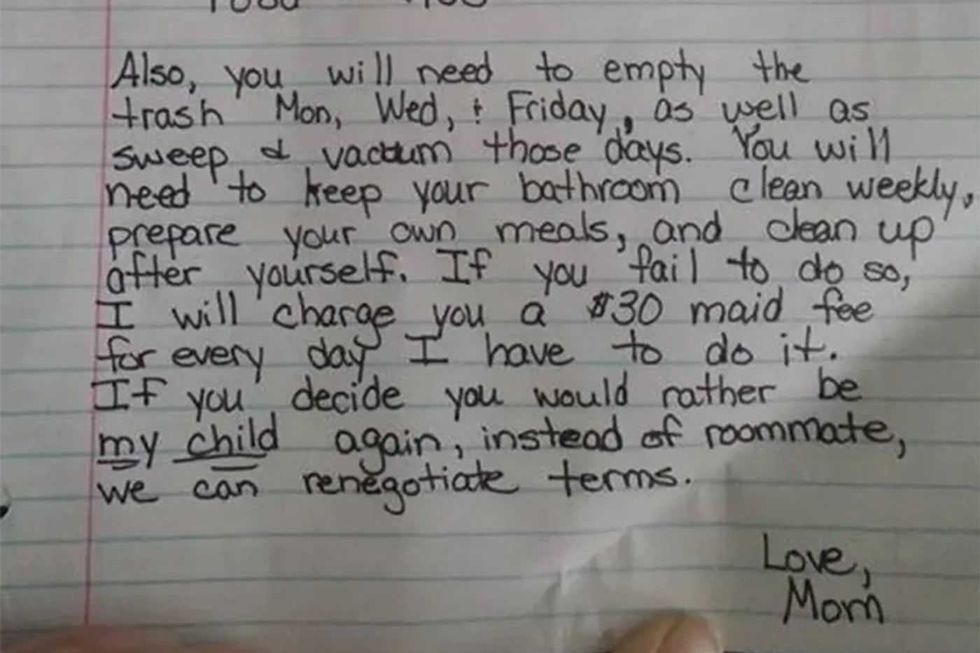 Photo of a handwritten letter from Heidi Johnson's Facebook page
Photo of a handwritten letter from Heidi Johnson's Facebook page Gif of someone repeating "shame" via
Gif of someone repeating "shame" via